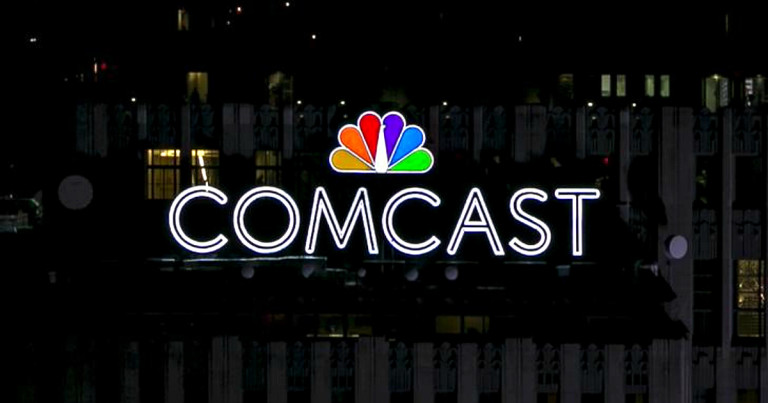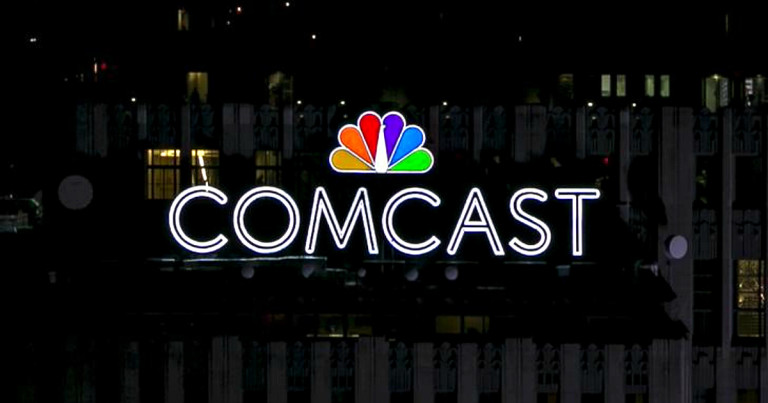
Back in 2011, as part of a pledge to the U.S. Federal Communications Commission to secure the approval of its merger with NBC Universal, Comcast launched a low-cost internet service tier dubbed Internet Essentials. It initially extended contract-free broadband access for $9.95 per month to families with children who qualify for reduced-cost school lunch programs, but the program was subsequently reworked to include selected veterans, senior citizens, college students, and public housing residents and housing assistance recipients.
Today, roughly five years beyond Comcast’s original commitment, the company announced that it’s expanding Internet Essentials yet again to eligible low-income and disabled households in its service area. Applicants participating in one of more than a dozen different federal assistance programs including Medicaid, Supplemental Nutrition Assistance Program (SNAP), and Supplemental Security Income (SSI) can sign up starting this week, as long as they haven’t subscribed to Comcast internet service within the past 90 days or have an unpaid Comcast bill that’s less than a year old.
Comcast says that nearly 3 million additional households are now eligible, marking the largest expansion in Internet Essential’s history.
“This expansion is the culmination of an audacious goal we set eight years ago, which was to meaningfully and significantly close the digital divide for low-income Americans. The Internet is arguably the most important technological innovation in history, and it is unacceptable that we live in a country where millions of families and individuals are missing out on this life-changing resource,” said senior executive vice president and chief diversity officer David L. Cohen.
He has a point. It’s estimated that 70% of homework assignments require the internet to complete and that 80% of Fortune 500 companies offer only online applications. Unfortunately, compared with the 81% of all U.S. households that subscribe to broadband at home, only 63% with an annual income of less than $35,000 have service. In cities like in Palo Alto, California, for example, where poverty rates are relatively low, just 6% of households don’t have a wireline broadband subscription. But in cities like Trenton, New Jersey and Flint, Michigan, where poverty rates are above the national average, up to 60% of households don’t have wireline broadband.
“Whether the Internet is used for students to do their homework, adults to look for and apply for new jobs, seniors to keep in touch with friends and family, or veterans to access their well-deserved benefits, it is absolutely essential to be connected in our modern, digital age,” Cohen added.
Internet Essentials includes a 15Mbps internet connection as well as in-home Wi-Fi, access to 40 one-hour sessions of Xfinity Wi-Fi hotspots nationwide every month, and discounted computers (for $150 each). Additionally, Internet Essentials supports digital literacy and readiness training and education, largely through online learning centers, libraries, and networks of nonprofits in Atlanta, Baltimore, Chicago, Denver, Fresno, Miami, and Seattle, among others.
Comcast claims that currently, more than 8 million people take advantage of Internet Essentials, up from 6 million households in November 2018. And the company says that since 2015, it’s provided more than 100,000 subsidized computers, offered Internet Essentials to tens of thousands of schools and school districts in nearly 50 states and the District of Columbia, and partnered with thousands of community-based organizations, government agencies, and federal, state, and elected officials to spread the word.
Additionally, Comcast says that in the past three years, Internet Essentials has reached 9.5 million people through its national and local community partners and millions more through the Internet Essentials websites in English and Spanish.

